This activity is part of my Around the World in 50 Experiments series. Today we're travelling to Comoros and Mayotte to learn about an ancient fish called a Coelacanth.
Comoros is one of the smallest countries in the world, made up of a group of islands in the Western Indian Ocean.
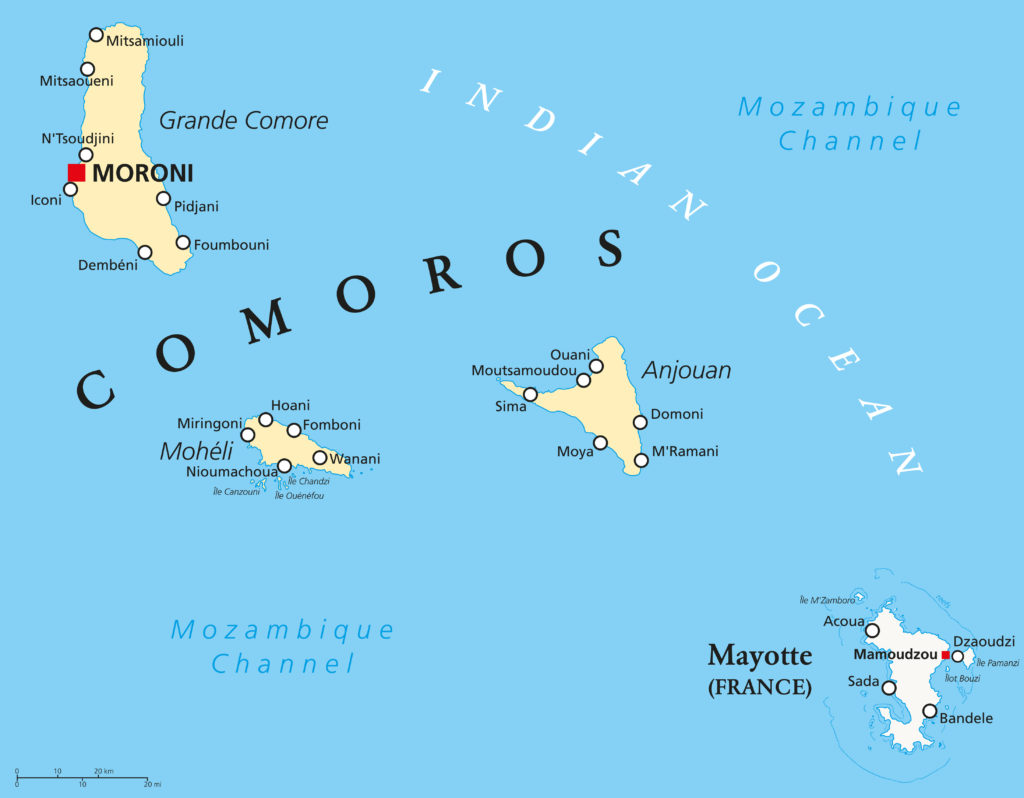
The southern part of La Grande Comore is home to an active shield volcano called Mt Karthala which last erupted in 2007.
Comoros is a large producer of the ylang ylang plant, which contains an oil used in perfume. The islands also grow cloves, nutmeg, vanilla, jasmine and orange.
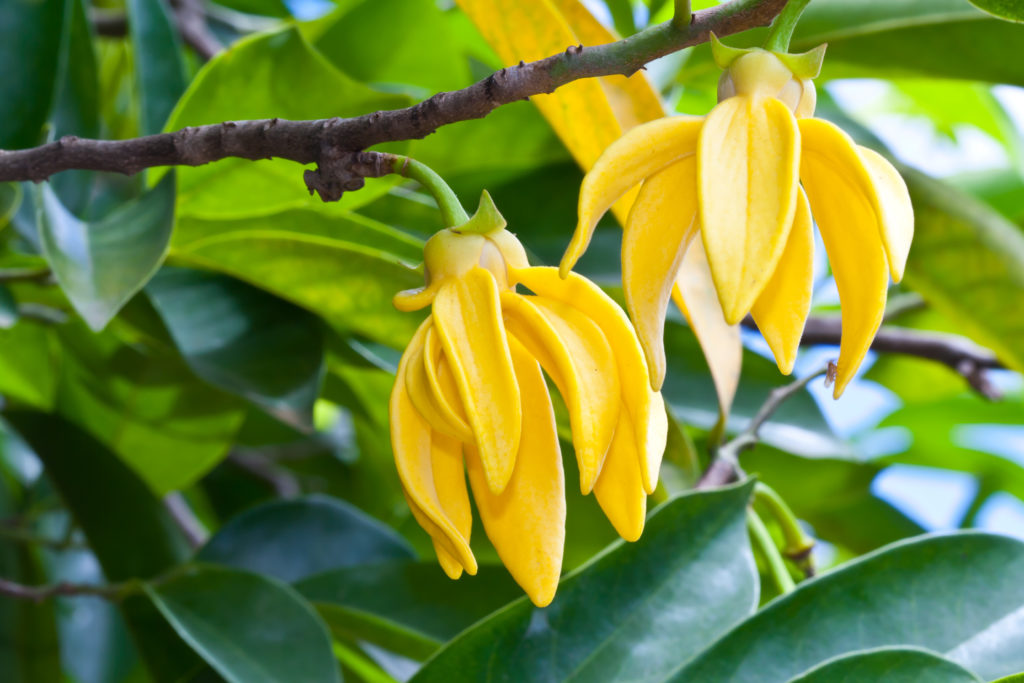
Comoros and the Fossil Fish
What is a Coelacanth?
Coelacanths are an ancient fish known as living fossils. They were thought to have become extinct 65 million years ago at the same time as dinosaurs until a living one was found in 1938.
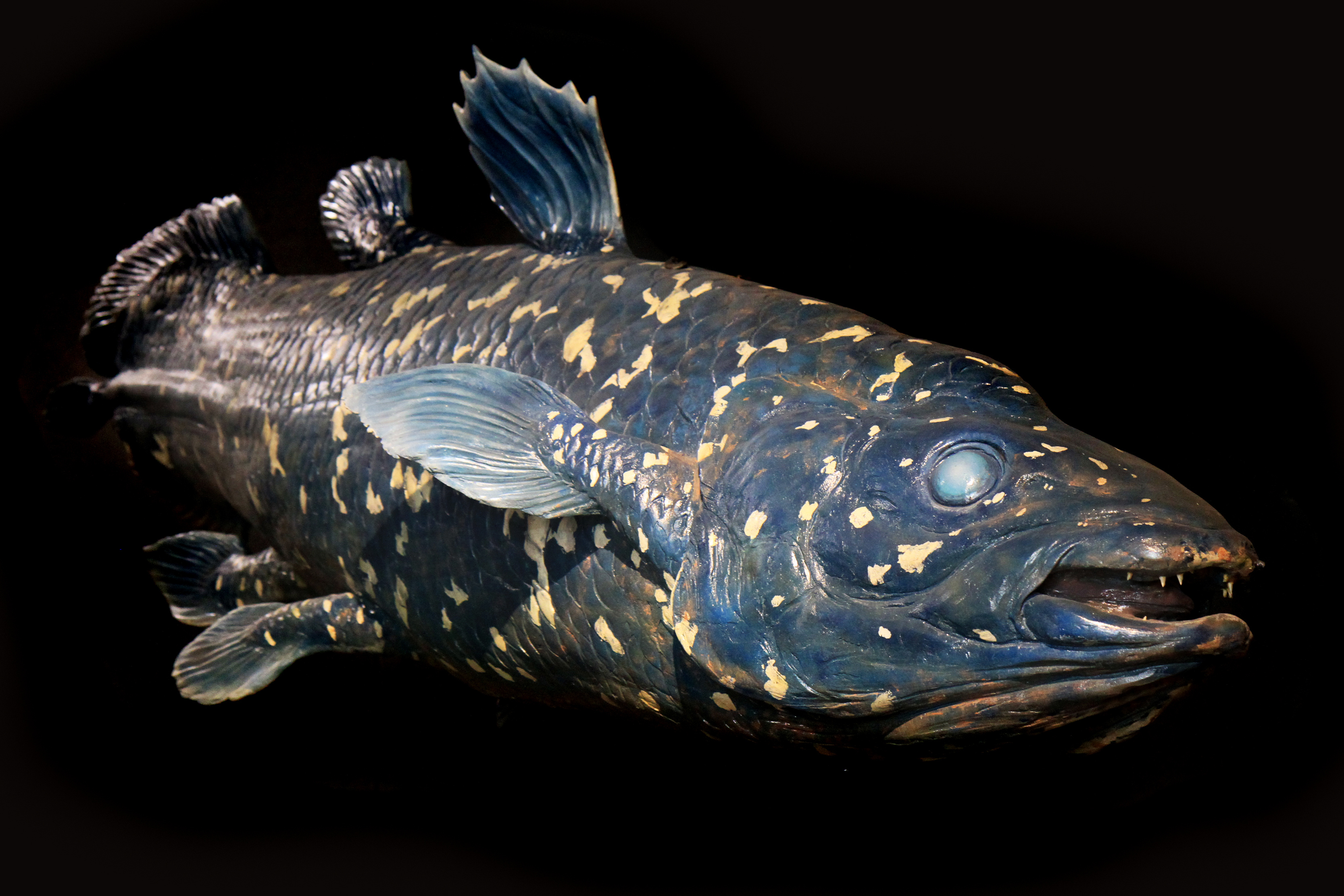
Coelacanths are now mostly found in the Comoros in the twilight zone of the ocean where they cluster in caves during the day and come out to feed a night.
They can be over 6.5 ft long and are thought to live for up to 60 years!
Unusual features of the Coelacanth
A hinged joint in the skull which can open to help the fish eat large prey.
Thick scales usually only found in extinct fish.
They give birth to live young.
A notochord - oil filled tube which acts as a backbone.
They are very oily and don't taste good to humans.
Coelacanth Activity
You can make your own Coelacanth fossil using clay.
You'll need
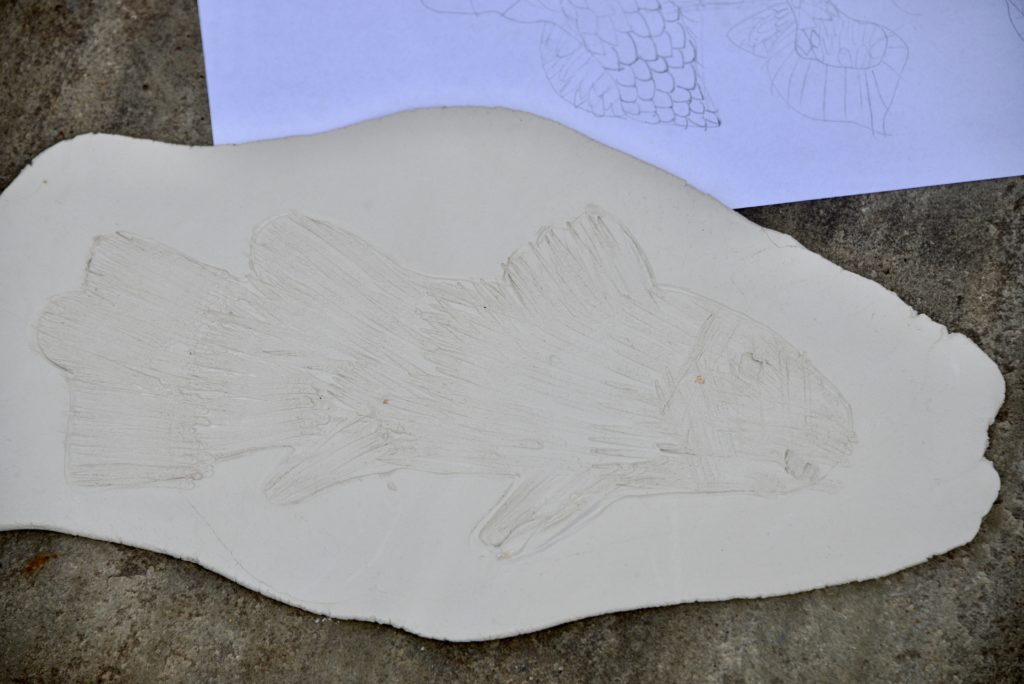
How to make a Coelacanth fossil
Roll out a sheet of clay.
Etch a Coelacanth into the sheet of clay.
Leave to dry.
You have your very own replica Coelacanth fossil.
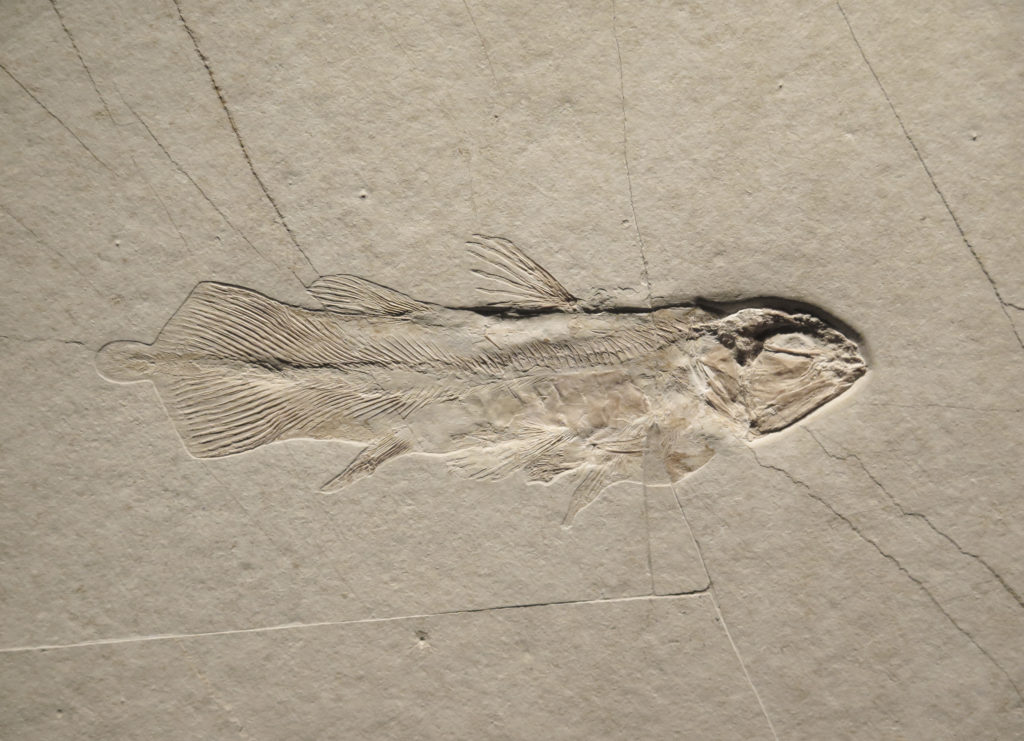
We also made some smaller fishy fossils using mini plastic fish pressed into clay.
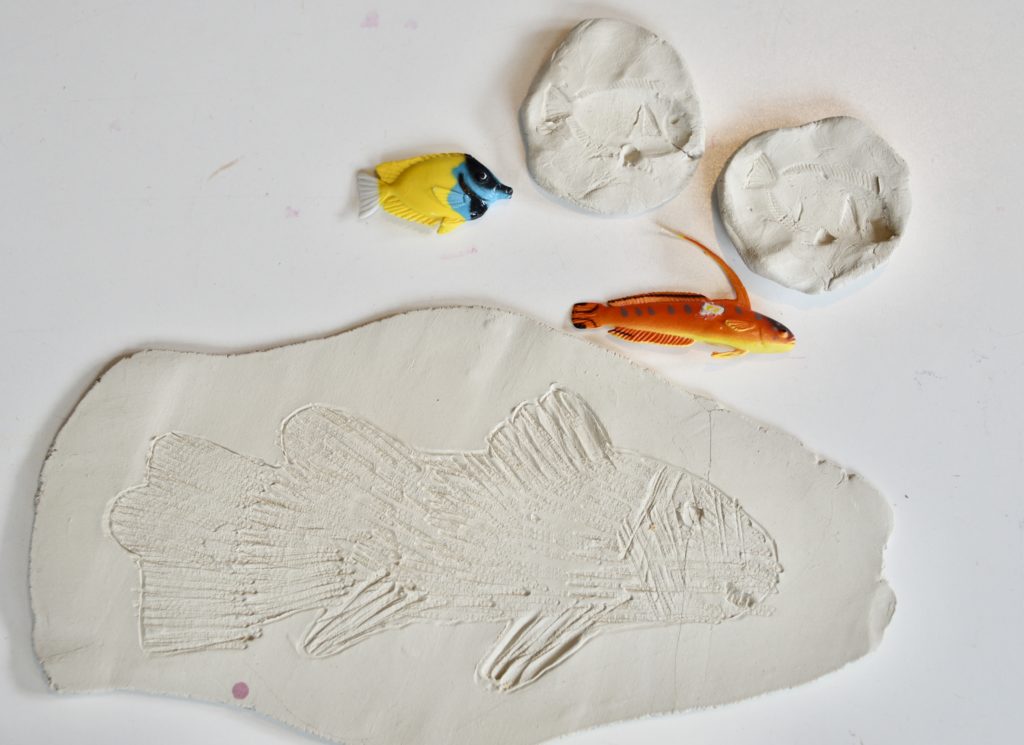
How do fossils form?
A fossil is the remains of a dead organism. For a fossil to form the conditions have to be just right so the process is quite rare.
Most fossils form by a process called petrification.
Step 1 - After an animal dies the soft parts start to rot away. Sometimes other animals, known as scavengers eat part of the remains.
Step 2 - sediment covers what is left of the body, usually only the hard parts ( skeleton and teeth )
Step 3 - More and more layers of sediment ( small particles of rock, mud, silt and sand ) build up putting pressure onto the lower layers. This pressure eventually turns the sediment into sedimentary rock.
Step 4- Water seeps into the bones, dissolving them. The bone is replaced by minerals in the water leaving a replica of the original bone behind. It's this rock replica that we call a fossil!
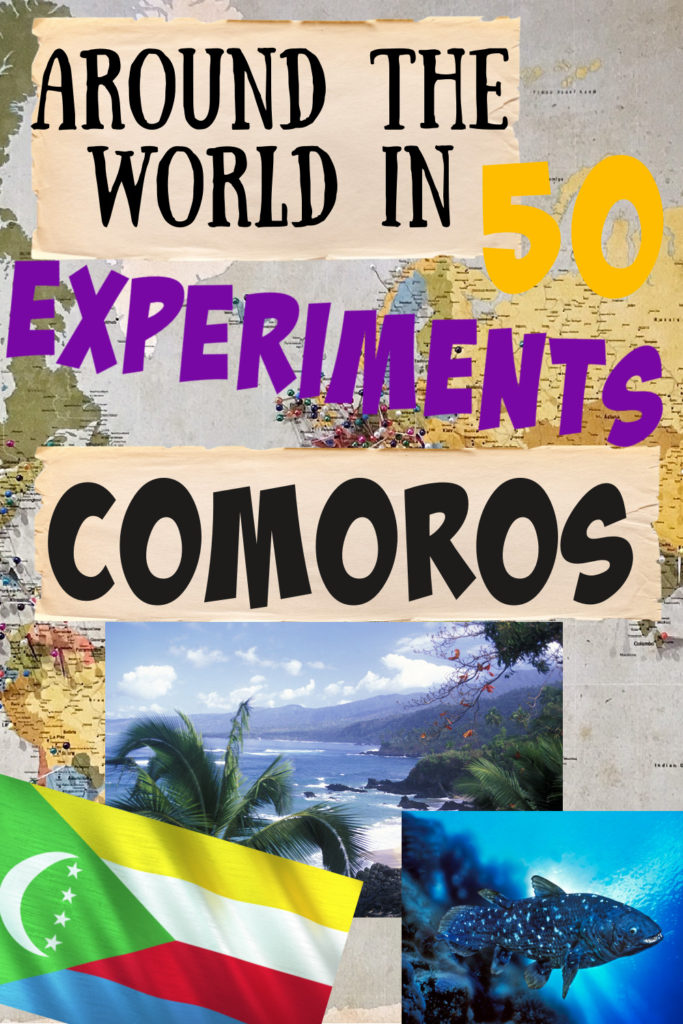
Don't forget to download the FREE passport and head off on your next Around the World in 50 Experiments adventure.
Continue the learning
Read more about the Coelacanth.
Make dinosaur fossils!
Set up your own rock lab to discover how rocks form.
Last Updated on February 22, 2022 by Emma Vanstone






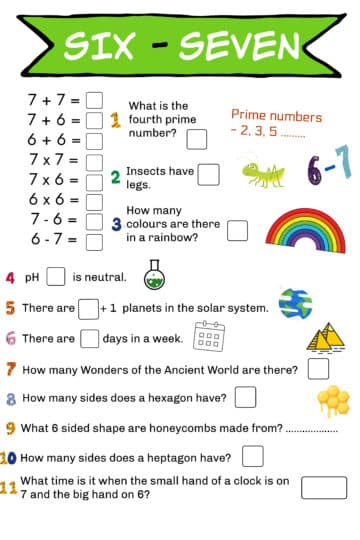
Leave a Reply